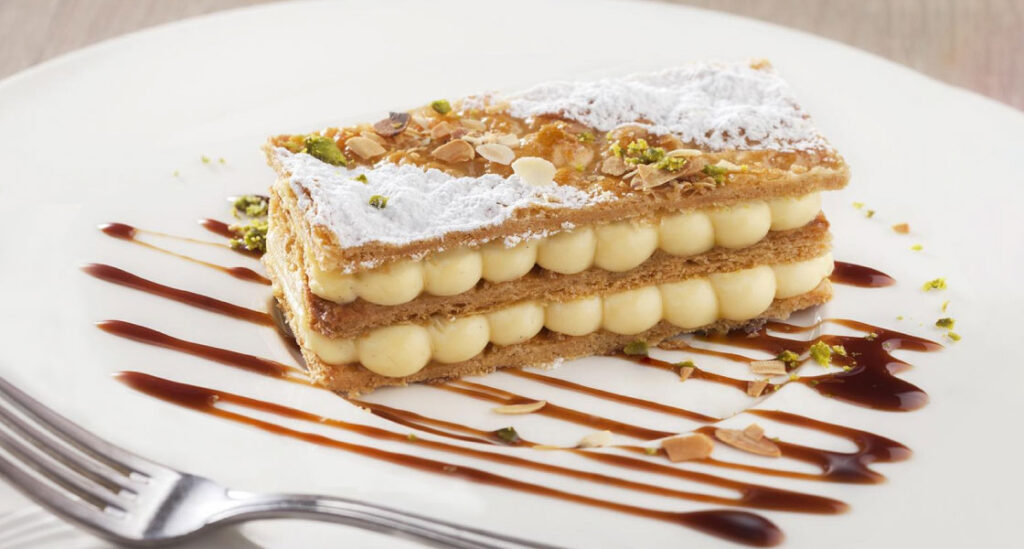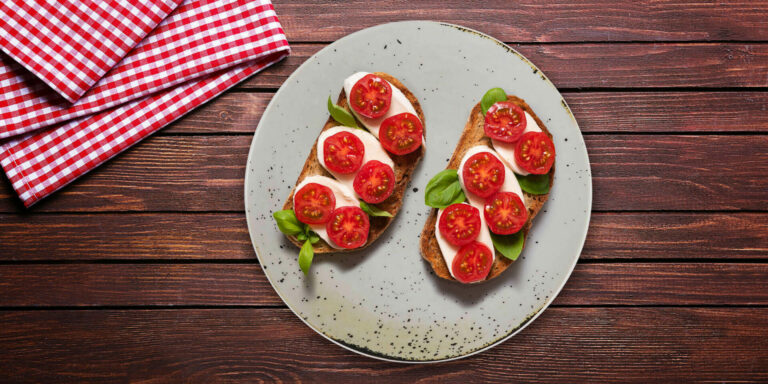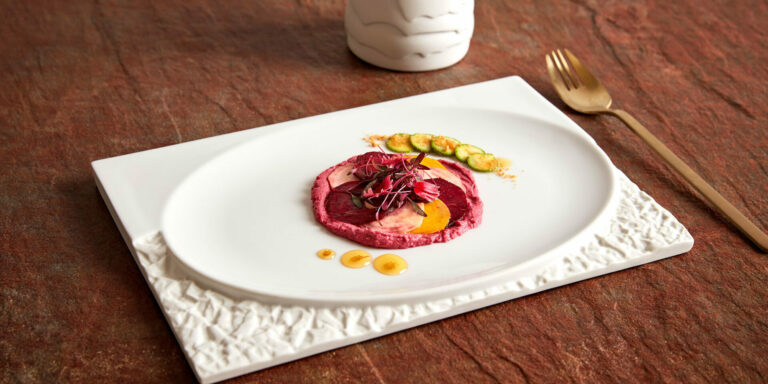
Menu

Gastronomy is the term comprising all the elements that go around food, from the ingredients used to prepare the dishes, to the associated cultural aspects and also to the drinks. The gastronomy from each country (and all its regional variants) constitute a true cultural heritage, which must be preserved. French cuisine is seen by many as the origin of all other cuisines in the world. Today, we will talk about the emergence of this reputation, world widely recognized.
The Medieval Gastronomy
From the historical point of view, it was during the Middle Ages that French cuisine began to stand out. In an age marked by long periods of abstinence and fasting, occasionally, real banquets were served. The opulent meals were reserved for the nobility and the clergy. They stood out by the abundance, rather than by the refinement.
At this point, in sharing a meal, there was no habit of using individual plates and cutlery. Food was served at once and in quantity, by being hand-eaten and without any ceremony.
The origin of French Haute Cuisine
It is during the reign of Louis XIV (the famous Sun King) that the French gastronomy lives a remarkable and decisive period. This monarch, known for his extravagances in various areas, implements a set of strong gastronomic changes. Throughout his long reign, which lasted an impressive 72 years, there is an enormous evolution on several levels.
The food and its combination, as well as the way to serve and consume it, were totally transformed. The meals at the court became authentic feasts of elegance, with an unprecedented care in the presentation of the dishes. The individual use of plates and cutlery was also disseminated, and the concept of etiquette was born.
Another important innovation, which emerged in the French gastronomy, was to divide the meal into stages. In this way, more time was given for each of them to be appreciated, in every way.
French Haute Cuisine has, thus, become a comprehensive and caring experience with great attention to detail. This degree of refinement in the form of cooking, plating and eating, has rapidly spread throughout the rest of Europe.
A new palette of flavours
Also at the seasoning level, everything has changed. Until the middle of the seventeenth century, sugar and spices were used in the court, in all kinds of dishes. Meat and fish were abundantly wrapped in a mixture of seasonings, without any worry in terms of flavours. The result was a mixture of strong taste, simultaneously sweet and spicy, difficult to imagine nowadays.
Spices were very expensive at that time, for being extremely rare and coming from distant places. Its use across kitchen, in great quantity, was something seen as a sign of luxury and wealth.
With growing interest for fresh products and pleasant flavours, spices were being replaced by aromatic herbs. Rosemary, thyme, bay leaf and tarragon (amongst many others) have opened a new palette of aromas and flavours. This simple, but important, change has represented a significant innovation throughout the culinary era. For the first time in a long time, the natural flavours of food have been emphasized instead of wanting to mask them.
The revolution in the kitchen
Cooks from this time were true pioneers in the elaboration of new recipes and the combination of flavours. It was during this unique period of French gastronomy, that new techniques and approaches emerged, even in the choice of ingredients. Sugar was, hence, reserved for cake preparation and increased the use of eggs, milk and cream.
The famous roux, which continues to be part of the recipes of our times, was invented during this period. It consists of a simple combination of butter and flour, still widely used today to thicken sauces.
The broths appeared, slowly cooked with different types of meat and herb-flavoured. Also fruit and vegetables arrived at the table in unseen quantities until then. In a few years, there was a real revolution between the kitchens, the ballrooms and banquets.
At Costa Verde, we are concerned about the development of porcelain collections, which may fit with the latest trends in world gastronomy. However, we pay a tribute to the beginnings of the gastronomic history and to the inheritance, which has reached our time.
Follow us on this trip! We will continue to give you a note on the greatest gastronomic advances, from ancient times to modern times.
Subscribe our blog!




